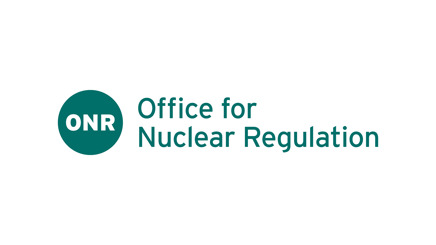ANTs encompass a wide range of innovative nuclear reactor technologies, including Small Modular Reactors (SMRs) and Advanced Modular Reactors (AMRs).
In October 2017, as part of the Clean Growth Strategy, the government announced that it will invest up to £7 million (£5 million to ONR and £2 million to the Environment Agency) to further develop the capability and capacity of the nuclear regulators to support and regulate the development of ANTs.
In September 2018, the Department for Business, Energy and Industrial Strategy (BEIS) announced that eight organisations have been awarded contracts to produce feasibility studies as part of phase 1 of the AMR Feasibility and Development project.
In July 2020, BEIS announced phase 2 funding to support three Advanced Modular Reactor (AMR) projects and investment in British companies, to develop new ways of manufacturing advanced nuclear parts for modular reactor projects at home and abroad.
The investment included a further investment for us to continue strengthening the UK’s regulatory regime and our regulatory capability on ANTs .
To meet the objectives set by BEIS, since 2017, we have developed and implemented programmes of work with the following objectives:
- Develop our capability and capacity to regulate SMRs and AMRs;
- Review our guidance and processes to ensure they are fully compatible with the regulation of ANTs;
- Advise BEIS’ on its AMR feasibility and development programme;
- Engage with Regulators internationally, including participation in IAEA and NEA forums; and
- Engage with ANT industry.
Development of ONR’s capability and technical expertise in ANTs
We have undertaken familiarisation exercises with a broad range of AMR technologies which has helped us to identify key safety, security and safeguards considerations, knowledge gaps and work priorities.
On this basis, we have developed and implemented training strategy and plans, which cover from attendance at training seminars and conferences to knowledge management, assurance and retention. This ensures that all knowledge gained is critically reviewed, remains current and shared across ONR.
Development and implementation of a plan to engage with industry
We have also developed and implemented a process that enables us to engage with the ANT industry via seminars and 1-to-1 workshops over 3 stages. These have given us early sight of design developments and vendor proposals and the opportunity to communicate our regulatory expectations to industry.
Development and implementation of a plan to extend ONR’s engagement with international regulators
We actively participate in ANT international forums, for example:
- SMR Regulators’ Forum
- NEA’s Working Group on the Safety of Advanced Reactors (WGSAR)
- International Atomic Energy Authority activities on SMRs
We also continue to enhance our engagement with overseas regulators, including Canadian Nuclear Safety Commission (CSNC), and leading research organisations – such as the Japan Atomic Energy Agency (JAEA) and France’s Institute for Radiological Protection and Nuclear Safety (IRSN).
Development and implementation of a plan to ensure that the regulators’ processes and guidance are fit for purpose of regulating ANTs
As part of our work on ANTs, we perform focused reviews of our guidance (SAPs, SyAPs & TAGs) to ensure that it is fit for purpose to regulate ANTs. The first stage of the work considers involved SMRs and a focused review of our guidance on licensing nuclear installations is planned.
In 2019/2020, we modernised the GDA process to enhance the efficiency and flexibility of the process, taking account of learning from previous assessments, the government’s Nuclear Sector Deal and the potential for ANTs to enter GDA. The modernisation project included the consolidation of the assessment process into three steps, the allowance for issuing of GDA statements upon completion of steps 1, 2 and 3 and the publication of guidance to requesting parties in line with the modernised process. The high standards of safety and security achieved in past assessments have not changed, and indeed, new GDA technical guidance has been issued compiling those lessons learnt as well as providing further guidance to enhance not only the robustness and consistency of regulatory-decision making, but also the transparency and clarity of expectations to all stakeholders.
Is this page useful?
Thank you for your feedback.
Thank you for your feedback. To help us improve our website we’d like to know more about your visit today. Please provide more details via our website feedback form.
Thank you for providing your feedback.
